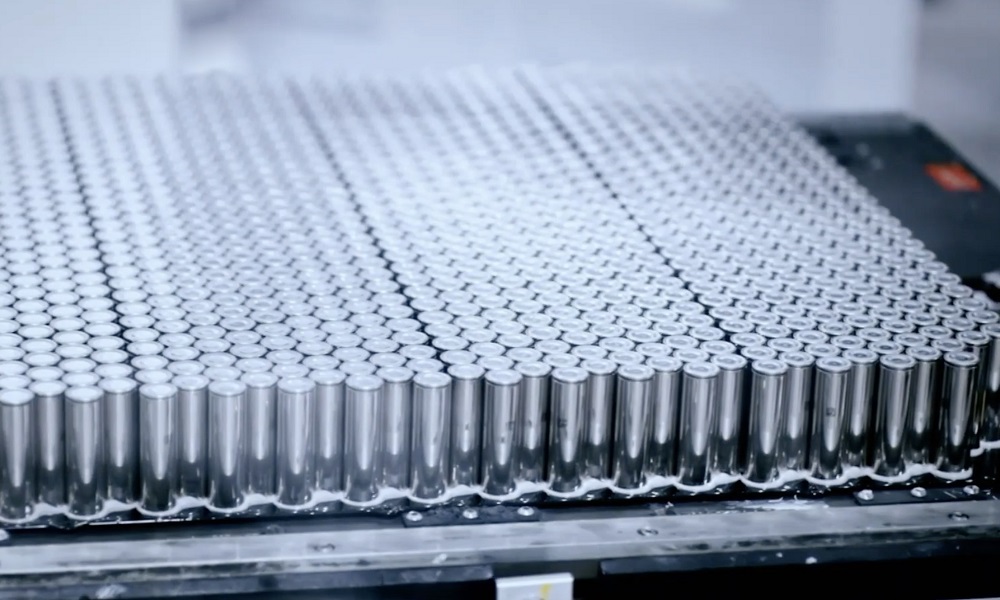
Exaprint, specialist in online printing for professionals, expands its eco-responsible range with new supports for large format. With this, the family of sustainable supports for cards, flyers, brochures, posters, catalogues, and also packaging and large format is enlarged. The objective is to promote, through recycled and eco-designed supportssustainable communication in companies.
Exaprint prints in its two production centers more than 350,000 m² of paper every day, sends 4,000 orders and offers more than 35,000 references. To do this, in 2022 it has used 220 tons of recycled paper. Likewise, it has a state-of-the-art machine park, where it optimizes the use of paper per order to the maximum, minimizing its waste. Its machines use ink drying by LED technology, reducing energy consumption.
Among the ecological supports, Exaprint also offers repositionable or reusable vinyl, adhesive vinyl to the floor and eco-responsible canvases. In canvases, panels and vinyl there are supports whose ecological footprint is minimal, canvases of various thicknesses without PVC, as well as a non-woven model in polypropylene alcohol. Likewise, they have eco-responsible rigid supports or vinyl that does not leave residues and is resistant to water.
Exaprint flexible packaging is an alternative to the use of plastic bags, and has different flexible bag packaging that allow endless printing and customization options. Inside you can pack food supplements, hygiene products, coffee, tea, supplements or pet food. They are manufactured in different eco-responsible supports, from Kraft, recyclable paper or film and reduce the weight of the containers by 80%, are economical and suitable for contact with food.
Exaprint also takes care of the packaging in which orders are sent, with boxes sized to the size of the customer’s items and with recycled cardboard padding, where they minimize the use of plastic shrink films, and prioritize the reuse of processed cardboard waste. In this way Limit your impact on the planet and protects printed products. In addition, the impact of its transport providers is controlled, as well as the carbon footprint generated by its actions and that of its partners.



